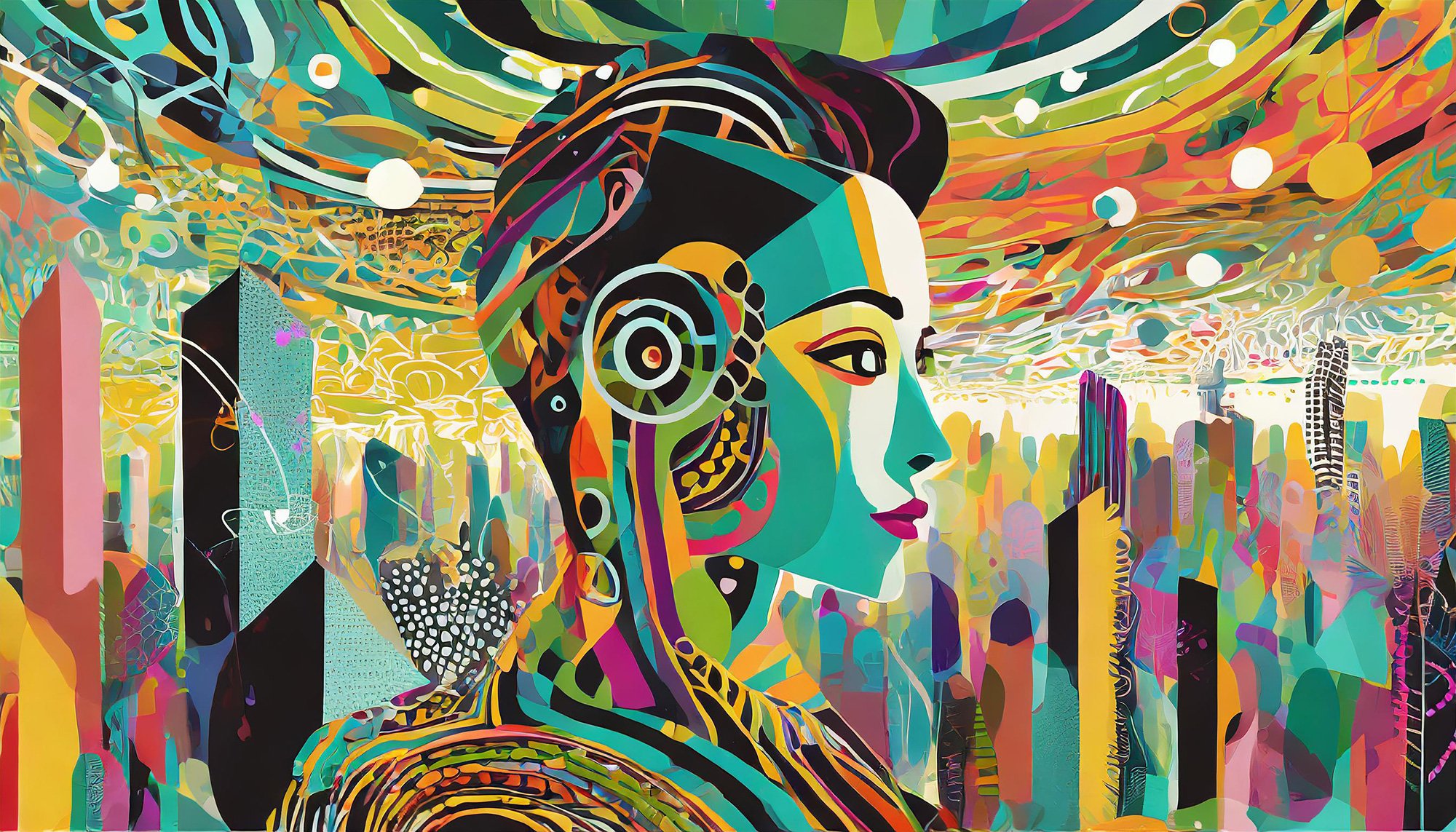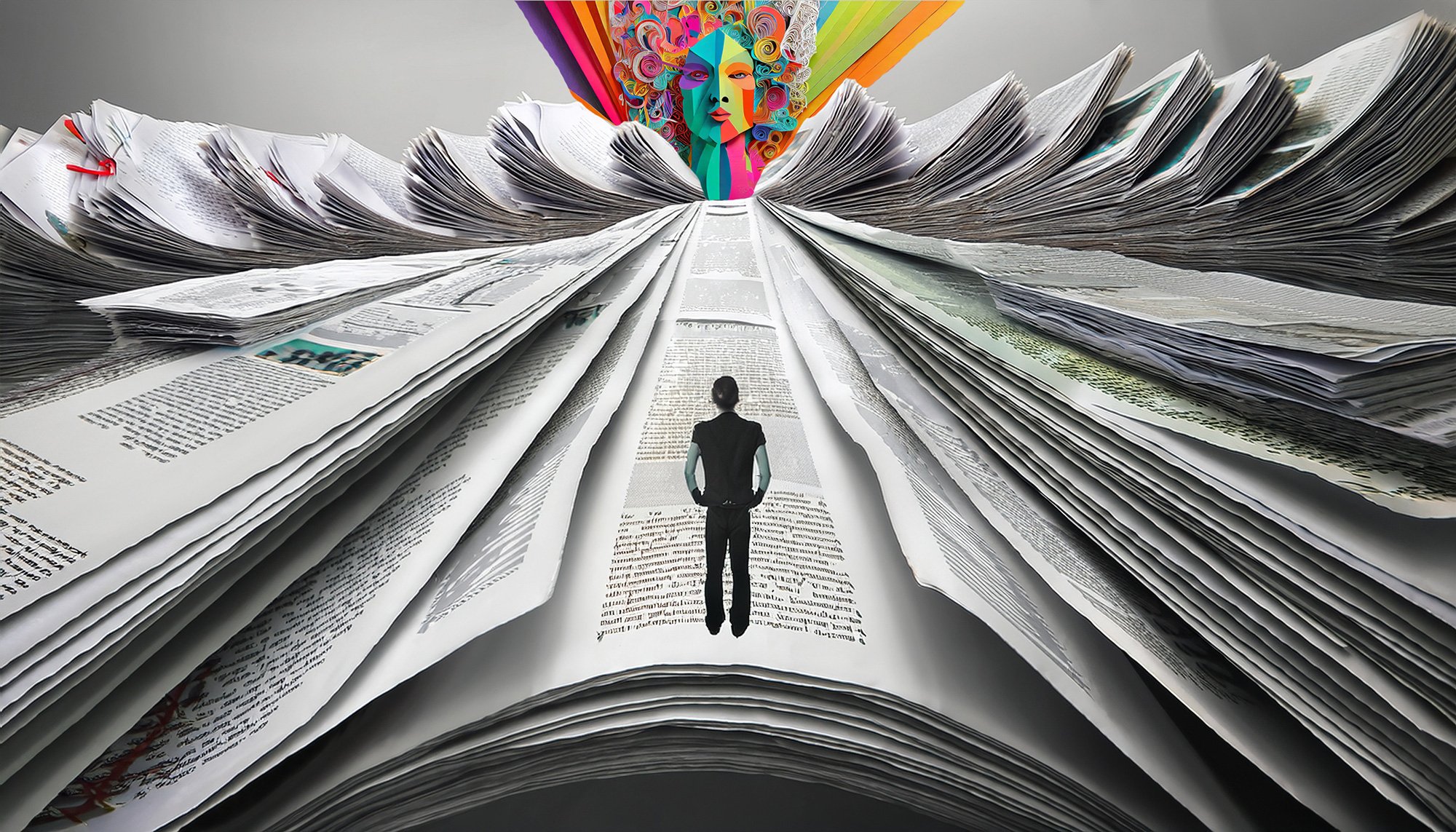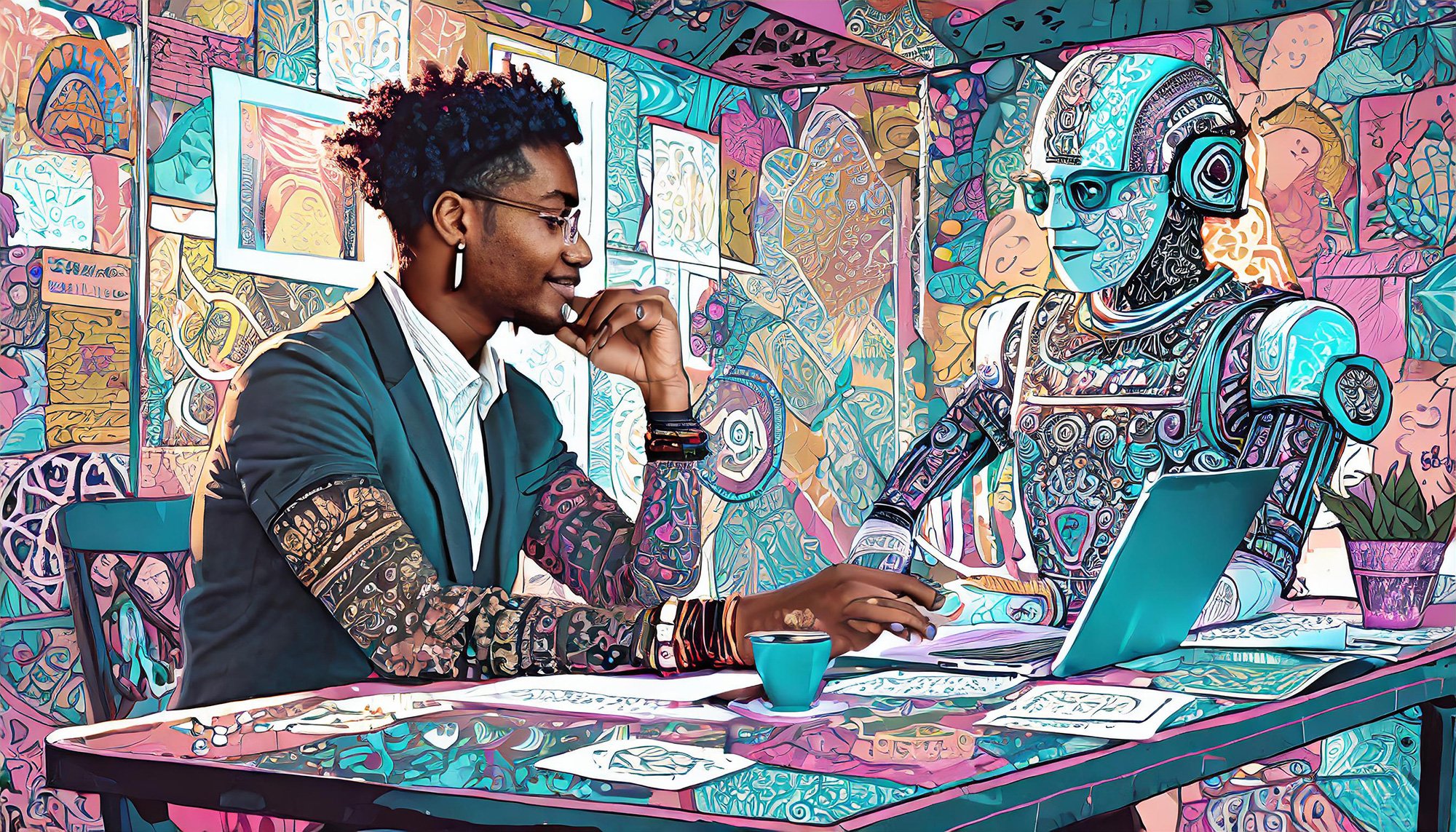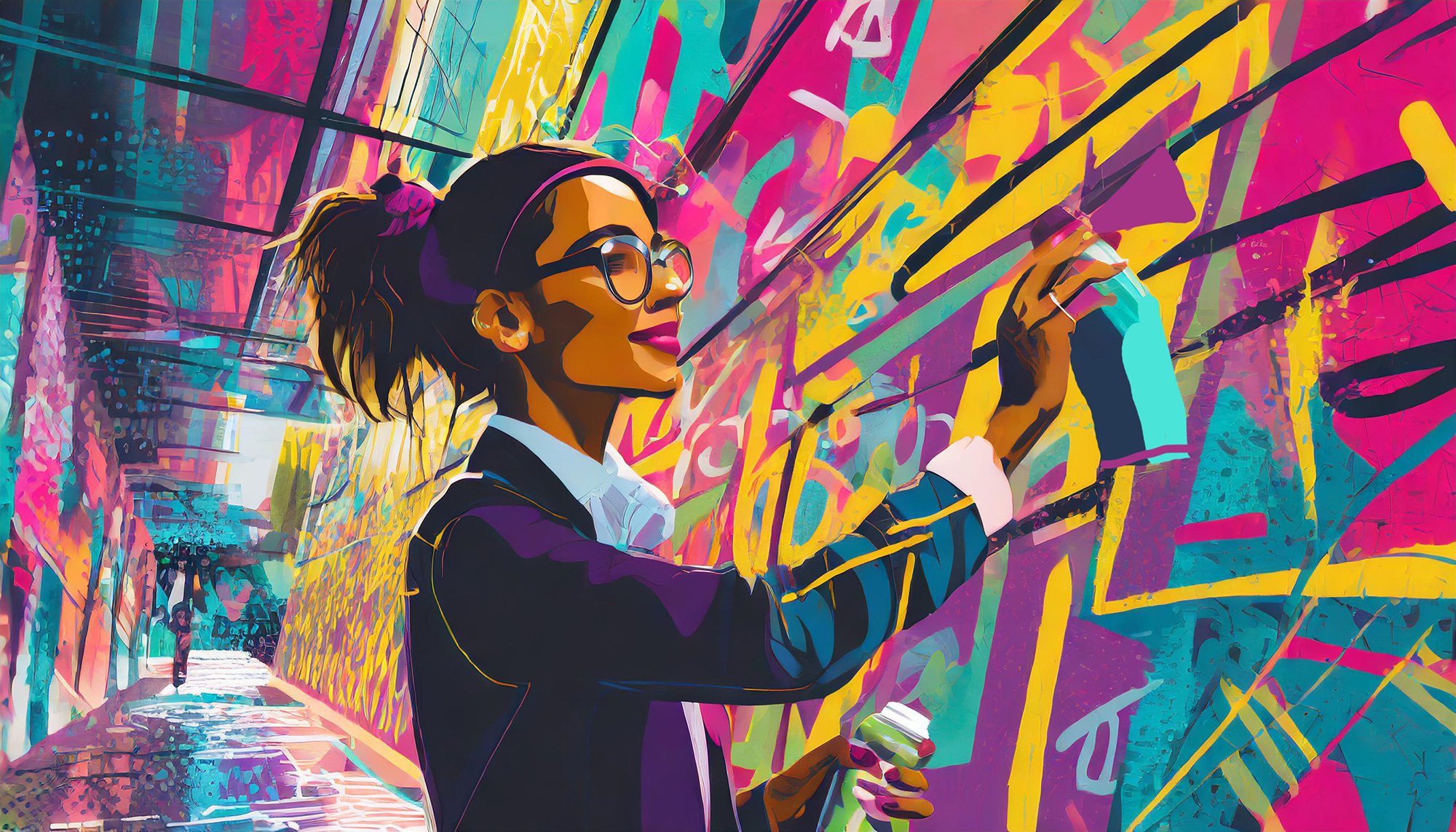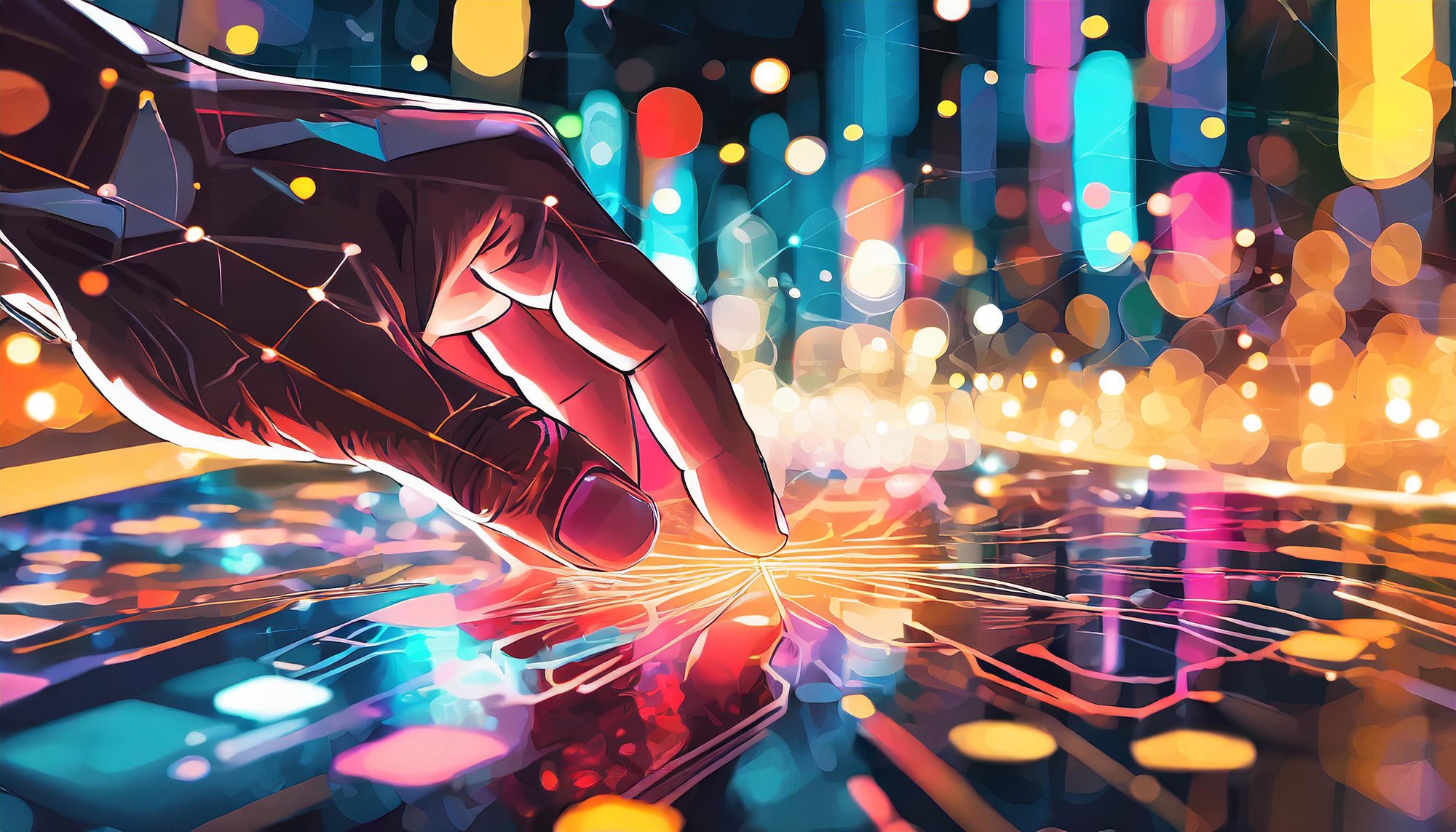AI for Growth: Where to Automate and Where to Stay Human
Introduction: The Automation Dilemma
AI is revolutionizing business operations, making marketing, branding, and customer interactions faster and more efficient.
But there’s a problem: brands are automating the wrong things.
Some companies rush to replace human creativity with AI-generated content, stripping away originality. Others over-rely on AI for customer service, making interactions feel robotic.
The result? A loss of authenticity, weaker customer relationships, and uninspired marketing.
The key to scaling successfully with AI isn’t automating everything - it’s knowing what to automate and what to keep human-led.
Why AI Can’t Replace Everything
AI is great at handling repetitive tasks, analyzing data at scale, and optimizing efficiency. But authenticity, emotional connection, and strategic vision still require a human touch.
A study by PwC found that 59% of consumers feel companies have lost the human touch in customer experiences due to automation. At the same time, 80% of business leaders believe AI helps improve efficiency.
So, how do brands strike the right balance? By automating processes that improve efficiency—without sacrificing what makes them unique.
Where to Automate: AI-Driven Efficiency
1. Repetitive & Data-Heavy Tasks
AI excels at handling repetitive, time-consuming tasks that don’t require human creativity.
AI-Powered CRM & Email Marketing – AI can segment audiences, personalize email campaigns, and schedule follow-ups based on customer behavior.
AI for Paid Media & Advertising – Platforms like Google Ads and Meta use machine learning to optimize ad spend, targeting, and bidding.
Automated Reporting & Analytics – AI can process massive amounts of data, identifying key trends and patterns instantly.
🔹 Why It Works: AI speeds up processes without affecting the brand’s voice or creativity.
2. AI-Driven Personalization (But With Oversight)
AI can help personalize experiences at scale, but it still needs human strategy.
Dynamic Website Content – AI tools can adjust website headlines, product recommendations, and CTAs based on user behavior.
Chatbots for Basic Customer Support – AI-powered chatbots can handle FAQs and simple inquiries, freeing up human reps for complex issues.
AI-Powered Product Recommendations – Retailers like Amazon and Netflix use AI to suggest relevant products and content based on past behavior.
🔹 Why It Works: AI enhances efficiency as long as human oversight ensures recommendations align with the brand’s identity.
3. SEO & Content Optimization
AI can support content creation—but it shouldn’t replace human creativity.
✅ AI-Assisted Blog Outlines & Keyword Research – AI can generate topic ideas, find high-performing keywords, and create SEO-friendly outlines.
✅ Automated Translations & Localization – AI helps translate content for global audiences, but human editing ensures cultural relevance.
✅ Content Performance Optimization – AI tools analyze engagement and suggest refinements for higher conversion rates.
🔹 Why It Works: AI enhances strategy and efficiency without taking over storytelling.
Where to Stay Human: The Irreplaceable Elements
1. Brand Strategy & Positioning
Your brand’s voice, values, and differentiation can’t be outsourced to AI.
❌ What NOT to Automate:
Brand Identity & Positioning – A brand’s story and emotional resonance require human insight.
Vision & Long-Term Strategy – AI can assist with insights, but humans must define the brand’s trajectory.
Creative Campaigns & Big Ideas – AI generates variations, but the most impactful ideas come from human imagination.
🔹 Why It Stays Human: Branding isn’t just data—it’s emotional connection.
2. High-Stakes Customer Interactions
AI-powered chatbots work for basic inquiries—but real human interactions are essential for building relationships.
❌ What NOT to Automate:
Complex Customer Service – AI lacks empathy in nuanced conversations.
Crisis Management & PR – Automated responses can backfire during brand crises.
Personalized Client Relations – VIP clients and long-term customers need human interaction.
🔹 Why It Stays Human: Trust is built through real conversations, not AI-generated scripts.
3. Creative & Emotional Storytelling
AI-generated content can’t replicate human emotion and originality.
❌ What NOT to Automate:
Brand Storytelling – The most memorable campaigns come from human experiences, not algorithms.
Video & Visual Direction – AI can assist, but human designers bring artistic intuition.
Social Media Engagement – AI can schedule posts, but real-time interactions need human personality.
🔹 Why It Stays Human: Great storytelling makes people feel something—AI alone can’t do that.
Real-World Example: Brands Getting It Right
Spotify: AI for Personalization, Humans for Creativity
Spotify uses AI to curate personalized playlists but keeps human-led curation for its signature editorial playlists like RapCaviar and Lorem.
Nike: AI for Data, Humans for Brand Storytelling
Nike leverages AI for predictive analytics but keeps brand storytelling and campaign creativity human-led.
Warby Parker: AI-Powered Retail, Human-Led Customer Experience
The brand uses AI to recommend glasses but ensures human customer service reps handle fitting and style consultations.
Final Thoughts: The Right Balance Between AI & Human Strategy
The best brands don’t just automate for the sake of efficiency—they automate intelligently.
Key Takeaways:
AI should amplify human creativity, not replace it.
Automate repetitive and data-driven tasks to boost efficiency.
Keep branding, emotional storytelling, and customer relationships human-led.
The brands that win are those that blend automation with authenticity.
By knowing what to automate—and what to keep human—brands can scale smarter, stay authentic, and build deeper connections with their audiences.
Want to Future-Proof Your Brand?
At The ZAM Studio, we help businesses integrate AI intelligently—keeping what matters human while leveraging technology for growth.
Let’s collaborate to create the next big ide -faster, smarter, and with purpose.

